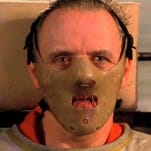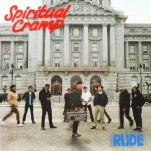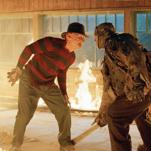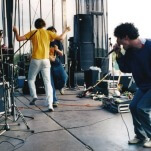Americans Are What They Eat in Dinner in America
(Sundance 2020)
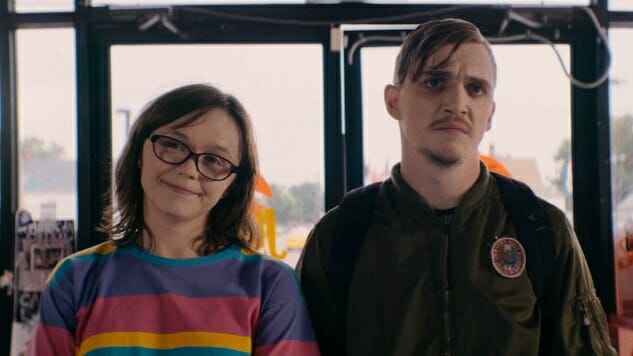
Americans say a lot about themselves with their suppertime traditions, though they probably don’t mean to. Adam Rehmeier’s Dinner in America assembles those traditions into a desperately Midwestern tableau. Sunday night football racists go with the old classic, a roasty golden bird flanked by sides, signaling wholesome values to veil their casual bigotry. Middle-class dullards heat up frozen chicken cordon bleu, a plate of artificial sophistication prepackaged for convenience. Hoity-toity upper-crusters choose a finely composed salad to accompany their high-end dinnerware, a lifestyle lifted out of a Williams Sonoma catalogue.
-

-

-

-

-

-

-

-

-

-

-

-

-

-

-

-

-

-

-

-

-

-

-

-

-

-

-

-

-

-

-

-

-

-

-

-

-

-

-

-










